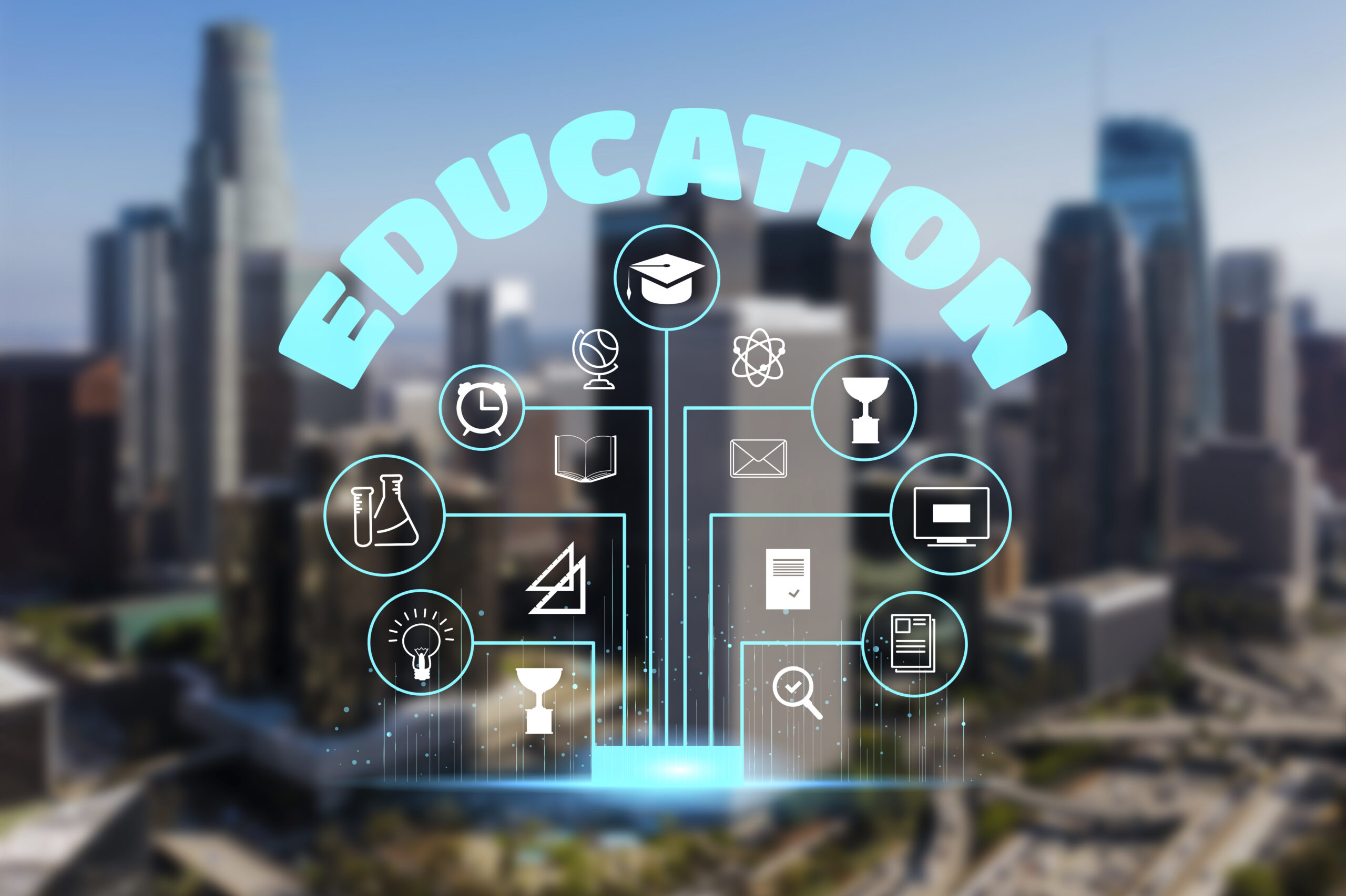How Tech is Transforming the Education Sector
Technology is revolutionizing the education sector, creating new opportunities for students, teachers, and educational institutions. From interactive learning tools to online classrooms, technological advancements are making education more accessible, engaging, and effective. Let’s explore how tech is transforming education and shaping the future of learning.
Interactive Learning Tools
One of the most significant impacts of technology in education is the development of interactive learning tools that make education more engaging and effective.
Educational Apps and Software
Educational apps and software provide interactive learning experiences that cater to different learning styles. For example, apps like Duolingo make language learning fun and interactive, while software like Khan Academy offers a wide range of subjects with interactive exercises and quizzes. These tools allow students to learn at their own pace and reinforce concepts through practice and repetition.
Gamification
Gamification involves incorporating game elements into learning activities to make education more engaging. By using points, badges, and leaderboards, gamified learning motivates students to participate actively and achieve their educational goals. Platforms like Classcraft and Kahoot! use gamification to create a fun and competitive learning environment.
Online Learning and Virtual Classrooms
The rise of online learning and virtual classrooms has transformed how education is delivered, making it more flexible and accessible.
E-Learning Platforms
E-learning platforms like Coursera, Udemy, and edX offer a vast array of courses on various subjects, allowing students to learn from experts around the world. These platforms provide video lectures, reading materials, and interactive assignments, enabling students to learn anytime and anywhere. This flexibility is especially beneficial for working professionals and those with busy schedules.
Virtual Classrooms
Virtual classrooms use video conferencing tools like Zoom, Microsoft Teams, and Google Meet to connect students and teachers in real-time. This technology enables live instruction, group discussions, and collaborative projects, replicating the traditional classroom experience online. Virtual classrooms make education accessible to students in remote areas and those unable to attend in-person classes.
Personalized Learning
Technology is enabling personalized learning experiences that cater to the individual needs and preferences of each student.
Adaptive Learning Systems
Adaptive learning systems use AI algorithms to analyze students’ performance and tailor educational content to their specific needs. Platforms like DreamBox and Smart Sparrow provide personalized lessons and practice exercises based on each student’s strengths and weaknesses. This personalized approach helps students learn more effectively and efficiently.
Learning Management Systems (LMS)
Learning Management Systems (LMS) like Moodle and Canvas provide a centralized platform for managing and delivering educational content. LMSs allow teachers to create customized learning paths for their students, track progress, and provide feedback. These systems support personalized learning by giving students access to the resources and support they need to succeed.
Enhanced Collaboration and Communication
Technology is improving collaboration and communication in education, making it easier for students and teachers to connect and work together.
Collaborative Tools
Collaborative tools like Google Workspace and Microsoft Office 365 enable students to work together on projects and assignments in real-time. These tools provide features like shared documents, spreadsheets, and presentations, allowing students to collaborate seamlessly. Enhanced collaboration fosters teamwork and helps students develop essential communication skills.
Communication Platforms
Communication platforms like Slack and Discord facilitate communication between students, teachers, and parents. These platforms provide channels for class discussions, announcements, and private messages, ensuring that everyone stays informed and connected. Improved communication enhances the overall learning experience and helps address any issues promptly.
Expanding Access to Education
Technology is expanding access to education, breaking down barriers and providing opportunities for underserved populations.
Open Educational Resources (OER)
Open Educational Resources (OER) are freely accessible educational materials, such as textbooks, lecture notes, and videos. Platforms like OpenStax and Khan Academy provide high-quality OER, making education more affordable and accessible to students worldwide. OER democratizes education by providing equal access to learning materials for all students.
Assistive Technology
Assistive technology supports students with disabilities, helping them overcome challenges and succeed in their education. Tools like screen readers, speech-to-text software, and adaptive keyboards enable students with visual, auditory, and motor impairments to access educational content. Assistive technology promotes inclusivity and ensures that all students have the opportunity to learn and thrive.
Data-Driven Insights
Technology is providing data-driven insights that help educators improve teaching and learning outcomes.
Learning Analytics
Learning analytics involves collecting and analyzing data on students’ performance and behavior to identify patterns and trends. This data helps educators understand how students are learning and identify areas for improvement. By using learning analytics, teachers can make informed decisions about instructional strategies and interventions.
Predictive Analytics
Predictive analytics uses data to forecast future student performance and identify at-risk students. By analyzing factors like attendance, grades, and engagement, predictive analytics can help educators provide timely support and interventions to students who need it most. This proactive approach improves student retention and success rates.
Embracing the Future of Education
The future of education is bright, with technology continuing to drive innovation and improvement. As tech evolves, educators must stay informed about new tools and strategies to enhance teaching and learning.
In conclusion, technology is transforming the education sector by providing interactive learning tools, online learning opportunities, personalized learning experiences, enhanced collaboration and communication, expanded access to education, and data-driven insights. These advancements are creating a more engaging, flexible, and inclusive education system. By embracing these technological innovations, educators can better meet the needs of their students and prepare them for success in the digital age.






